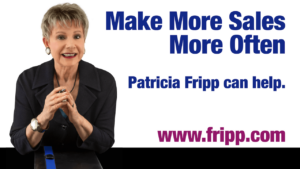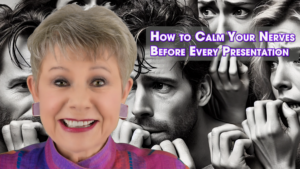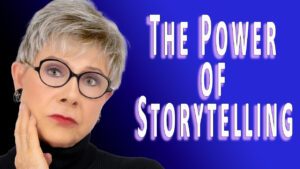That Is Correct!

There are no boring subjects, only boring speakers. Your content or topic doesn’t matter—when presented well, it can become interesting, educational, and emotionally engaging.
Some believe that public speaking is just about knowing your subject. Having something to say is not enough to make your message come alive.
After all, knowing the words to a song— doesn’t mean you can sing it. To truly engage an audience, you need to deliver your content in a way that captures attention.
Turning “Boring” into Brilliant
Read More...






